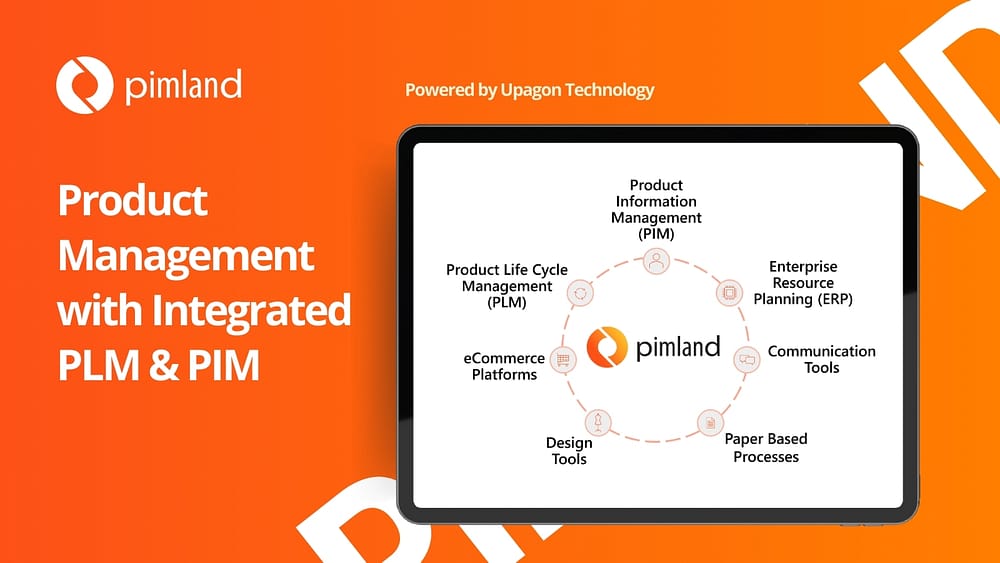Fashion PIM: How to Boost Collaboration in Fast-Paced Apparel Teams
In the fashion world, where trends shift rapidly, seasons come and go, and deadlines are often tight, effective collaboration is not a luxury—it’s a necessity.
From the creative energy of design teams to the precision of supply chain managers and the agility of marketing departments, apparel brands rely on smooth teamwork to bring their ideas from sketches to shelves.
However, coordinating between multiple stakeholders while juggling product design, marketing campaigns, and distribution logistics often feels like a race against time.
So, how can fashion teams stay on top of this complexity without compromising quality or speed? In this blog, we’ll explore how PIM transforms how apparel teams work together, enabling them to navigate fast-paced challenges with precision and efficiency.
5 Collaboration Challenges in the Fashion Industry That Make the Creative Process Complex

Creativity is already a challenging process, and miscommunication only adds to the difficulty for designers.
Creating a product from design to production involves various people collaborating. For instance, while an assistant might handle sewing on a button, someone else is responsible for crafting the colour palette.
Without effective communication between these teams, the final product may differ entirely from the original vision.
Here are five key challenges that complicate the creative process in the apparel world.
1. Managing Seasonal Timelines
The fashion industry revolves around seasonal collections, where tight deadlines leave little room for error. Coordinating multiple products’ design, production, and marketing within a narrow window demands flawless communication. A single delay can derail an entire launch, impacting sales and customer satisfaction.
“Online sales during the November-December holiday season can account for as much as 60% of the total annual online retail sales.”
2. Information Silos Across Departments
Different teams often work in isolation, using separate tools and systems to manage their workflows.
Designers, marketers, and supply chain teams frequently operate without real-time access to shared information, leading to miscommunication, duplicated efforts, and inconsistencies in data such as product specifications and visuals.
3. Dependence on Manual Processes
Many apparel companies still rely on manual methods for updating product information, tracking approvals, or coordinating tasks.
“Shortening lead times requires major changes to the traditional business model and supply chain, and a shift in focus to a customer-centric model.”
These outdated processes are time-consuming and prone to errors, such as incorrect product descriptions or misaligned inventory data, which can disrupt operations and frustrate teams.
4. Tracking Ownership and Accountability
With many stakeholders involved, who is responsible for specific tasks is often unclear. Unassigned or untracked responsibilities can result in missed deadlines, mismanaged expectations, and confusion when issues arise. This lack of clarity creates unnecessary tension and inefficiencies within teams.
5. Ensuring Consistency Across Channels
Fashion brands must maintain consistency in product information across all touchpoints, including websites, social media, and in-store displays.
Without a streamlined process for updating and distributing accurate data, brands risk misrepresenting their products or missing out on sales opportunities.
Addressing these challenges requires a more integrated approach to collaboration, where teams can easily access accurate, up-to-date information and work together seamlessly throughout the product lifecycle.

How PIM Helps Fashion & Apparel Teams: Collaboration Aspect
Product Information Management (PIM) system can transform apparel teams’ collaboration, addressing key inefficiencies and ensuring smoother workflows.
- PIM centralizes product data, creating a single truth source for all information (materials, colour, and sizes to visuals).
Centralizing data helps to eliminate manual risks and inconsistent data. With this, the team can access the most accurate details whenever needed.
- PIM’s critical advantage is the ability to assign roles and tasks effectively within the system.
For instance, photographers can be tasked with uploading product images, while SEO teams focus on reviewing metadata. This clarity in ownership prevents duplication of efforts and ensures that deadlines are met without confusion or missed steps.
- PIM enables real-time notifications and updates, keeping teams aligned and efficient.
Automated alerts, such as notifications when product sheets are ready for approval or translation, accelerate collaboration and reduce bottlenecks.
- PIM simplifies content localisation for brands operating in multiple markets with built-in translation workflows.
Teams can work simultaneously on multilingual content, ensuring faster launches and a consistent brand voice across regions.
- PIM seamlessly integrates across different tools.
By connecting with systems like ERP, CRM, and e-commerce platforms, PIM ensures smooth data flow and eliminates inefficiencies that often arise from juggling multiple disconnected systems. This integrated approach keeps processes streamlined, and teams focused on creating and delivering standout apparel collections.
Fashion PIM in Real-Life: PIMLAND and adL
Integrating PIMLAND’s Product Information Management (PIM) system has transformed collaboration at adL, addressing the challenges of disconnected processes and manual workflows.
- By centralizing all product information in a single, accessible platform, PIMLAND eliminated the inefficiencies caused by fragmented communication methods like emails and physical forms.
Teams at adL now collaborate seamlessly, from designers to marketers, through real-time updates and streamlined workflows. The platform’s user-friendly interface allowed fashion designers to focus on their creative work rather than data entry, enhancing both productivity and morale. With role-specific access, team members could efficiently manage their responsibilities without unnecessary complexity, ensuring a smoother product lifecycle.
PIMLAND’s task management tools and news feeds further enhanced collaboration by providing instant notifications and real-time updates on product progress.
PIMLAND helped adL in:
- Aligning every team member with project timelines
- Significantly reducing delays
- Enabling faster decision-making
Integrating digital asset management (DAM) tools ensured that visuals and product information were always up-to-date and accessible, streamlining the design and marketing phases.
The impact of these collaborative enhancements was immediate. Designers saved valuable time previously spent on repetitive administrative tasks, while marketers reacted more swiftly to changing trends, aligning product launches with market demands.
“PLM and PIM applications available on the global market caused Fashion Designers to turn into data entry experts was the concern that the exissting creative competence would be reduces instead of providing superiority in R&D and P&D processes.”
This newfound agility resulted in faster time-to-market, improved customer satisfaction, and increased loyalty among adL’s niche audience.

Final Words
In a fast-moving industry like fashion, where precision, speed, and creativity are essential, collaboration can make or break success. PIM is not just a tool—it’s a game-changer that simplifies complex workflows, fosters seamless teamwork, and keeps brands ahead of the competition. Ready to enhance your team’s collaboration and efficiency? The future of fashion starts with PIM.
Contact us today to take a step into the future of product management!


